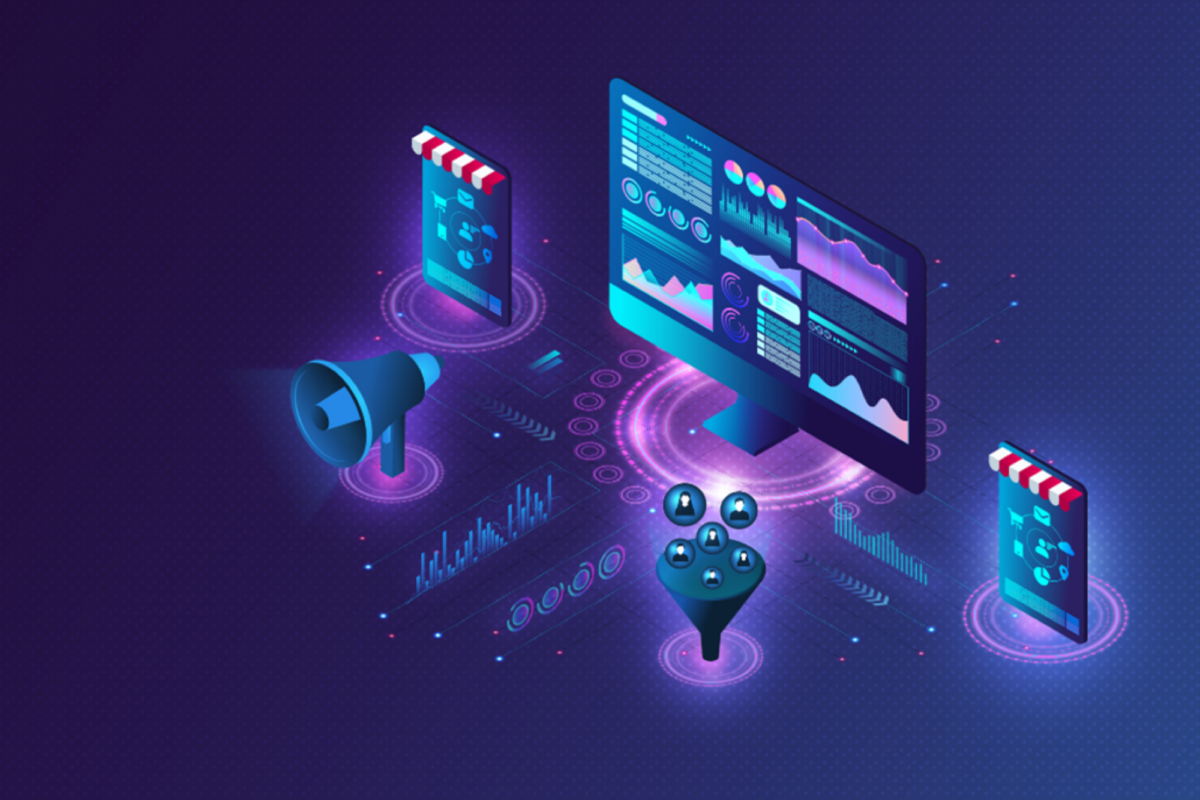Everyone out there is telling you that your organization needs a Customer Data Platform. Market research indicates that consumers crave convenience and more than 50% of marketers have identified personalization as their first priority. Personalization is dependent upon a 360-degree view of your customers, and that is dependent upon data unification. The unification of data is dependent upon data ingestion which is dependent upon data integrations. It’s a never-ending cycle of dependencies that is unavoidable. You need more data from more sources, more artificial intelligence, more machine learning, more product recommendations, more brand engagement predictions, etc.
So, what if a CDP isn’t right for you? Does that mean your business will suffer? Will customer affinity for your brand(s) begin to decline? How is this going to negatively affect your bottom line?
Let’s answer those questions with this one: If a CDP can solve all these problems for you, then how have you managed until now?
Customer Data Platforms have been the focus of my career for several years. I have led numerous implementations across a variety of platforms and the benefits they provide can be astonishing. However, I also recognize that they aren’t for everybody.
Here are 5 reasons a Customer Data Platform is not for you.
1. Narrow Customer Base
Operating in a niche market with a homogeneous customer base limits the need for advanced segmentation capabilities or product recommendations generated by machine learning algorithms that sift through mountains of purchase patterns and behaviors. Identity resolution for data consolidation and creating a 360-degree view of the consumer are also less important. These tools are better suited for organizations with large, diverse customer populations.
2. Short Customer Lifecycle
If your organization has a short customer lifecycle, the ongoing customer data management and analysis provided by a CDP might not be warranted given the reduced need for driving customer retention, cross-selling, up-selling, or reducing the time between purchases.
3. Limited Data Sources or Silos
If your organization relies on a single data source or a finite number of data sources, all of which are integrated and capable of sharing data easily, then advanced data integration and data management capabilities are not areas of concern that require immediate attention or investment.
4. Security, Compliance, and/or Regulatory Constraints
If your organization has strict privacy policies or operates in an industry rich in regulatory requirements, then any implementation involving SaaS solutions like CDPs will face crippling challenges. While these solutions may have strong privacy and security features in place to protect your data, it may not be worth the time, money, and frustration.
5. Lack of Resources and/or Expertise
One of the primary goals of any CDP should be to create marketing autonomy by providing the ability to query, segment, model, and message your customers however and whenever, free of IT and highly technical engineering resources. While marketing agencies can help fill that void, there may be other, more cost-effective ways for those agencies to manage your marketing needs without a CDP.
At the end of the day, there is no one-stop-shop that can solve all your marketing problems. And while CDPs can be incredibly powerful tools, they aren’t always the go-to solution. Agency partners, like Ansira, can help. Let us conduct a technology audit of your existing data management and marketing technology solutions and together, we can deliver a bespoke solution that meets your organizational needs. To schedule an audit or to speak with one of our CDP experts, contact us today.

